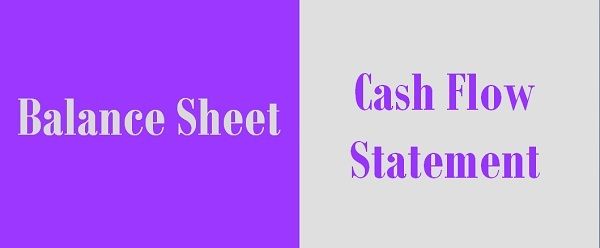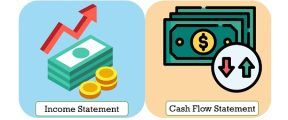 Cash flow Statement is as important as the other two parts (Profit & Loss Account and Balance Sheet) of the accounting information furnished in the form of financial statements at the end of the financial year. It is the statement which describes the flow of cash and cash equivalents in and out the organization. The statement is helpful to the stakeholders or say interested parties, in learning about the sources and uses of the company’s cash during a particular financial year, from different activities.
Cash flow Statement is as important as the other two parts (Profit & Loss Account and Balance Sheet) of the accounting information furnished in the form of financial statements at the end of the financial year. It is the statement which describes the flow of cash and cash equivalents in and out the organization. The statement is helpful to the stakeholders or say interested parties, in learning about the sources and uses of the company’s cash during a particular financial year, from different activities.
Balance Sheet, on the other hand, is the statement which reveals the overall financial strength of the concern by showing the balances of assets, liabilities, and capital of the enterprise at a given date. In this article, we have discussed some noteworthy differences between Balance Sheet and Cash Flow Statement.
Content: Balance Sheet Vs Cash Flow Statement
Comparison Chart
| Basis for Comparison | Balance Sheet | Cash Flow Statement |
|---|---|---|
| Meaning | A statement that shows the assets owned and the liabilities owed by the company. | A statement that shows the cash inflow and outflow of the company. |
| Classified into | Two parts | Three parts |
| Importance | Discloses financial position of the company. | Helpful in budgeting and forecasting. |
| Information Disclosed | Assets. Equity and Liabilities. | Movement of cash and cash equivalent. |
| Basis | It is prepared taking profit & loss account into consideration. | It is prepared taking profit & loss account and balance sheet into consideration. |
Definition of Balance Sheet
A statement that shows the assets, liability and shareholder’s equity at a given point of time is known as Balance Sheet. It represents what is owed and owned by a company on a specific date. It is prepared at the end of the financial year. It is divided into two main sections – (i) Assets and (ii) Equity and Liabilities.
Assets can be tangible (physical) or intangible (non-physical) possessed by the company and held in the business to generate revenue for the entity. They are capable of converting into cash in future. Equity is also known as the net worth of the company. It is the owner’s capital invested in the company. Liabilities are the obligations that are to be paid by the company in future.
Definition of Cash Flow Statement
A statement that shows total receipt and payment of cash and cash equivalent over a period is known as Cash Flow Statement. Here cash equivalent means the assets which can be converted into cash within three months like marketable securities. It is divided into three major activities – (i) Operating (ii) Investing and (iii) Financing.
Operating activities are those activities which are related to the principal business activities. Investing activities include the activities which amount to the movement of cash due to the purchase or sale of investment and any other long-term asset of the company. Financial Activities accounts for those activities in which the company either raises capital or repay the debenture holders and preference shareholders.
Key Differences Between Balance Sheet and Cash Flow Statement
- A Balance Sheet is a snapshot of assets possessed and outstanding liabilities of the entity. Cash flow statement reflects the movement of cash during the year.
- A Balance Sheet is prepared for a specific date, usually after the completion of the financial year, whereas Cash flow statement is made for a particular period.
- The significant difference between the two entities is that the Balance Sheet is classified into two sections while the Cash flow statement is classified into three parts.
- The Balance Sheet provides the information about the company’s financial position. On the contrary Cash flow statement provides the information about the company’s liquidity and stability.
- The Cash flow statement is prepared on the basis of the balance sheet, but the Balance Sheet is not prepared on the basis of Cash Flow Statement.
Conclusion
The preparation of the Balance Sheet and Cash Flow statement are the need of the company to know the performance of the company. The represents the company in front of stakeholders. On one hand an overview on changes in cash and cash equivalent during the year is presented by the cash flow statement. On the contrary, Balance Sheet provides a clear picture of the company’s assets held and liabilities to be paid by the company.






Leave a Reply